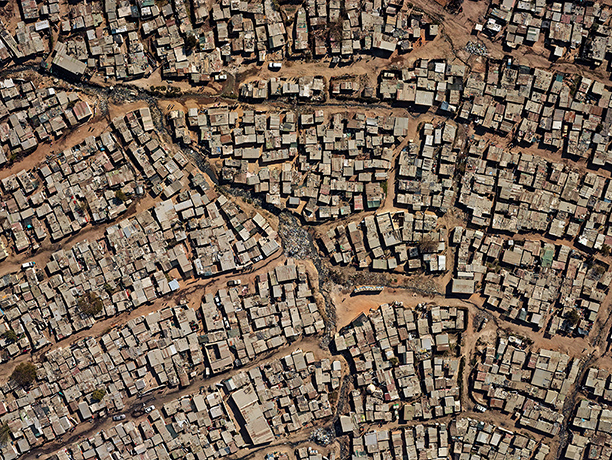Probably the last thing you expect to see in the busy metropolis Manhattan is a gas station full of 25 sheep! When I first glimpsed Sheep Station I didn’t think anything of it. The gas pumps, signs, convenience store, and even the icebox all seemed totally typical. (Although the staggering low gas prices should’ve been a red flag!) But when I did a double take, I was enthralled by the luscious green grass, the trimmed bushes, and the life-like sheep that were so out of place at 239 10th Avenue, West Chelsea.
A guard standing on the premises was handing out fliers with information for the many passersby who had stopped to gape. Michael Shvo, a developer, bought this piece of land that was formerly an actual Getty filling station, and plans to build luxury residences there. However, throughout the construction period he plans to “bring outdoor exhibitions to a broad audience in the center of the High Line arts district.” Sheep Station, the work of French artist, François-Xavier Lalanne was the first exhibition and was featured from September 17th to October 21st.
This art is definitely something that makes people halt and take a second look! There are numerous, beautiful art galleries at Chelsea, but most of them are indoors. I think it’s great that Shvo, who is an art collector as well as a real estate developer, decided to take this initiative. Art shouldn’t be exclusively catered to one audience. Some of the galleries I walked into were so proper; white walls, a gentleman in suit at the entrance without a even a friendly “hello”; it seemed that this art was just meant for posh people. In contrast though, Getty Station is for the public; it’s for everyone and anyone who passes by, and that is what makes it so wonderful!






 The photo which is shown to the left, is the view of Diepsloot a settlement in South Africa. Through the picture you can see the living conditions that the inhabitants withstand; no proper roads, shacks made of any material found. This picture was the object of my fascination particularly because of the strong resemblance it has to the Dominican Republic, where my parents were born and raised. My initial thought was actually of whether or not it was DR. Regardless of the place pictured, looking at Hugo’s piece of art caused me to reminisce about all the times I’ve traveled to visit my family and how similar the living conditions are between the two places that are on nearly opposite sides of the globe.
The photo which is shown to the left, is the view of Diepsloot a settlement in South Africa. Through the picture you can see the living conditions that the inhabitants withstand; no proper roads, shacks made of any material found. This picture was the object of my fascination particularly because of the strong resemblance it has to the Dominican Republic, where my parents were born and raised. My initial thought was actually of whether or not it was DR. Regardless of the place pictured, looking at Hugo’s piece of art caused me to reminisce about all the times I’ve traveled to visit my family and how similar the living conditions are between the two places that are on nearly opposite sides of the globe.













